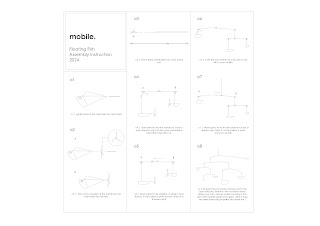This year I condensed even more the theoretical part of the course. It's true, over time and with so many repetitions, the result is to be increasingly synthetic and focus the course on the most important and pertinent things.
Sometimes fewer things in more time is more effective than a barrage of information that is of little use to students.
The result was more careful, more complex and more interesting work. The students themselves felt the difference and, once again, enjoyed the course.

















































